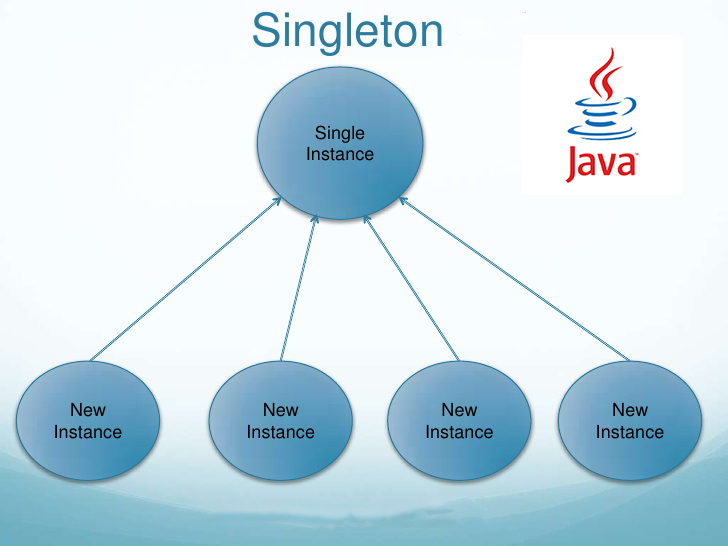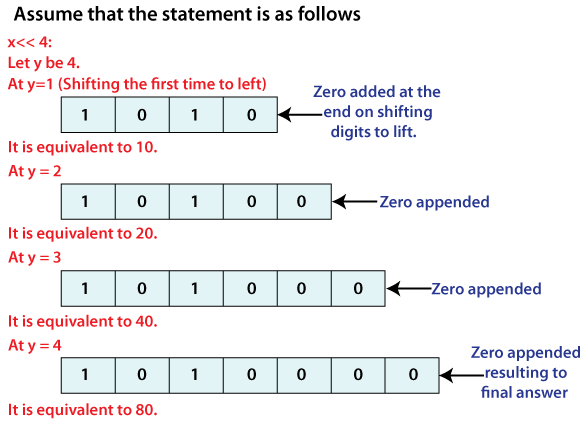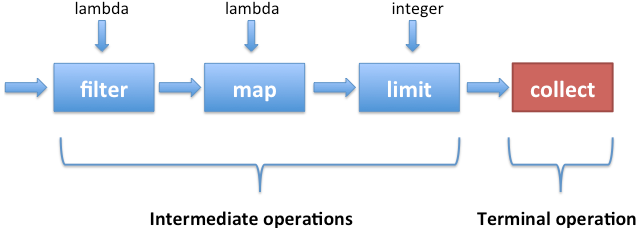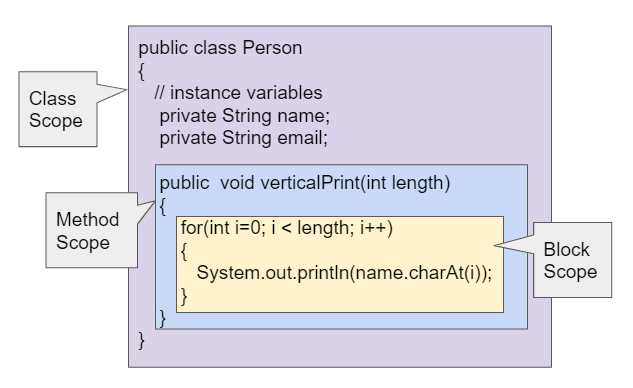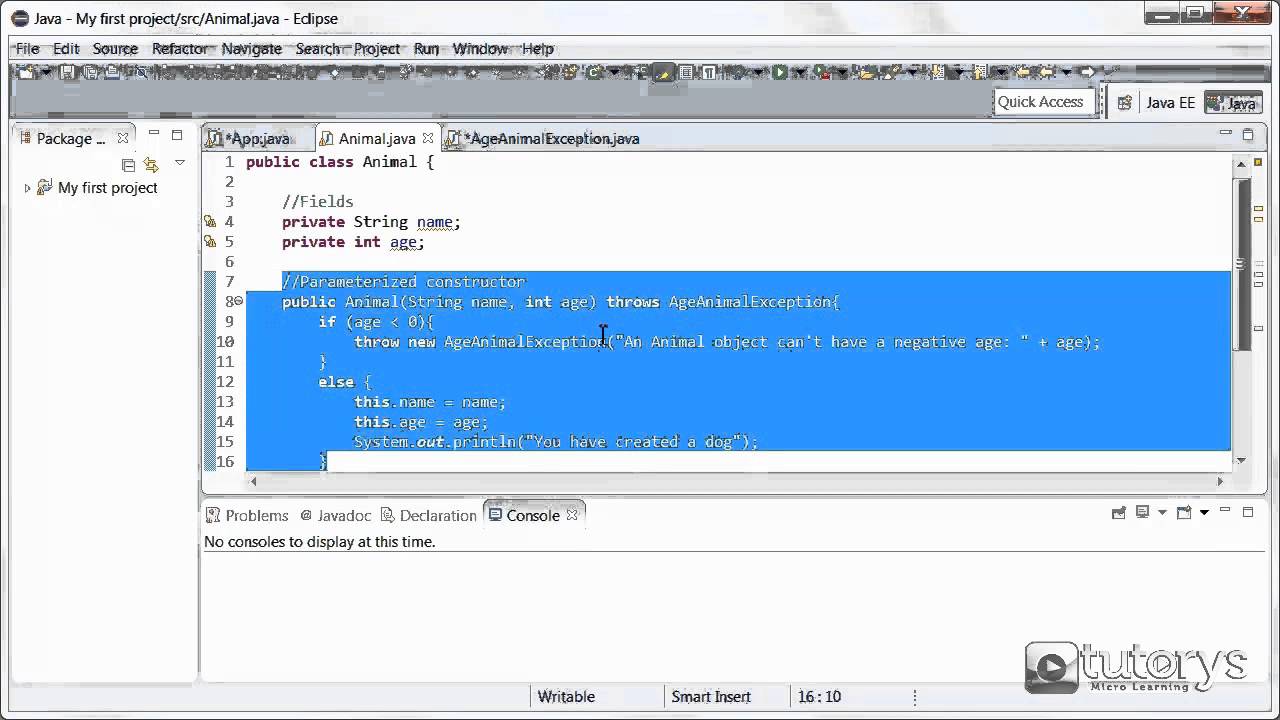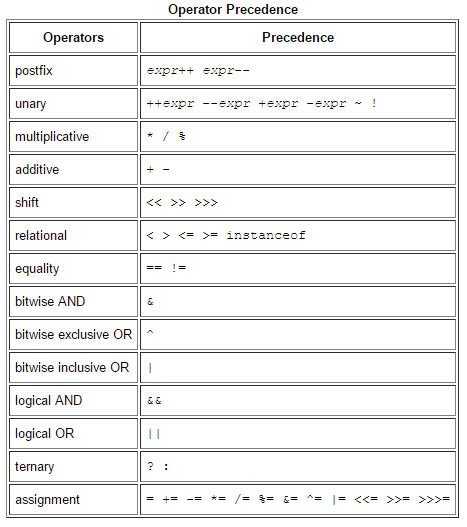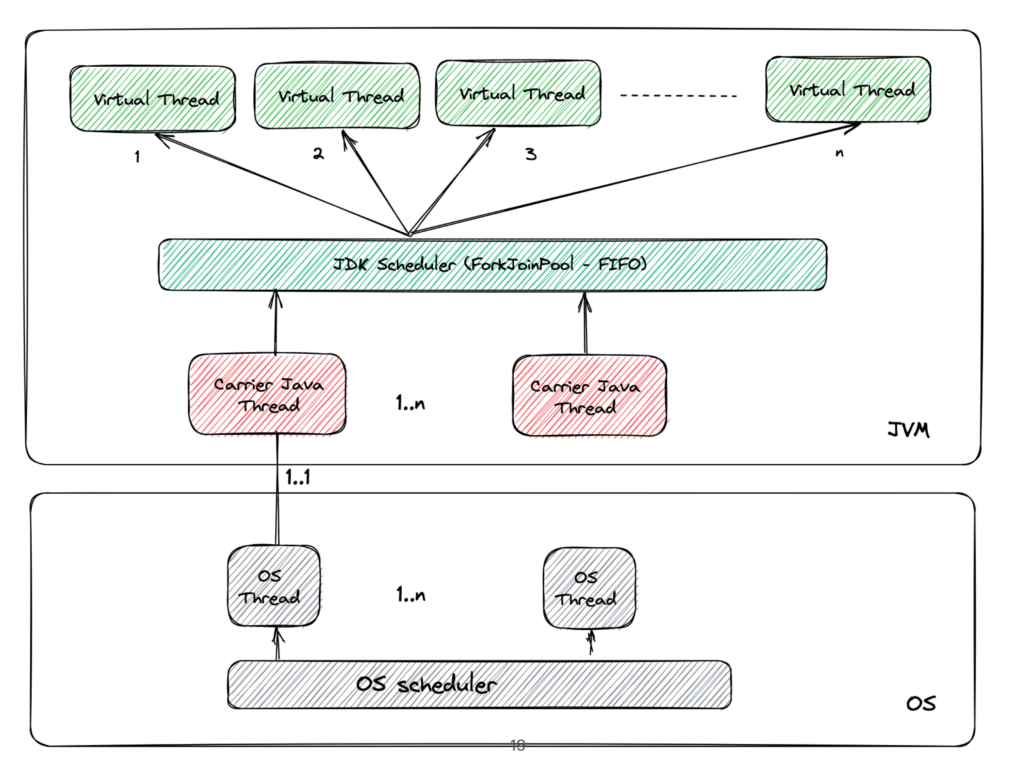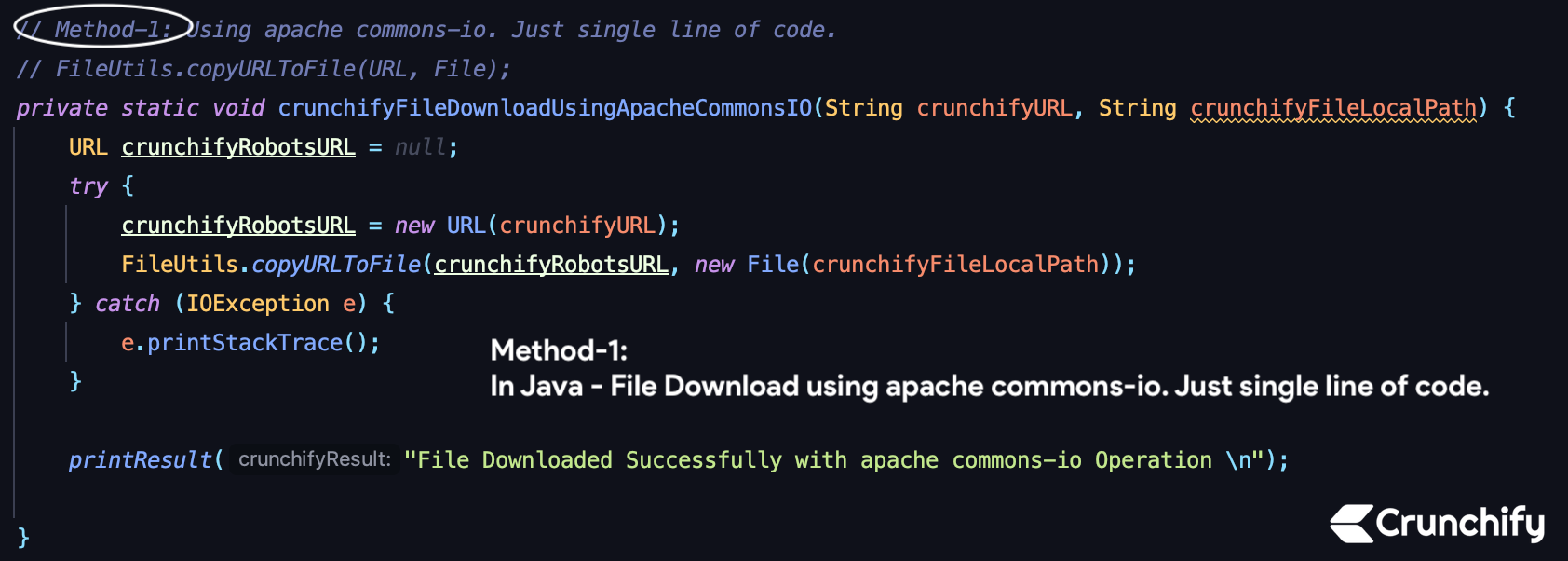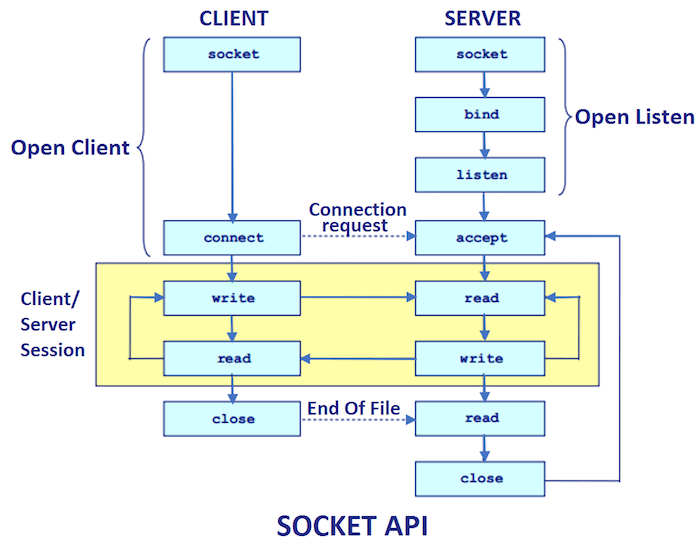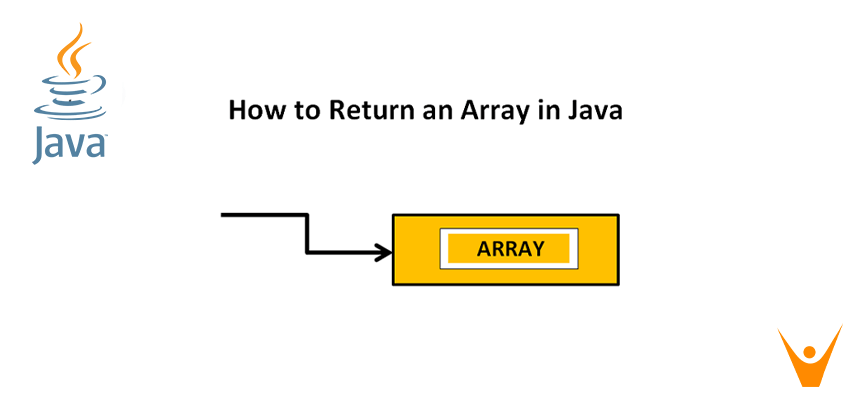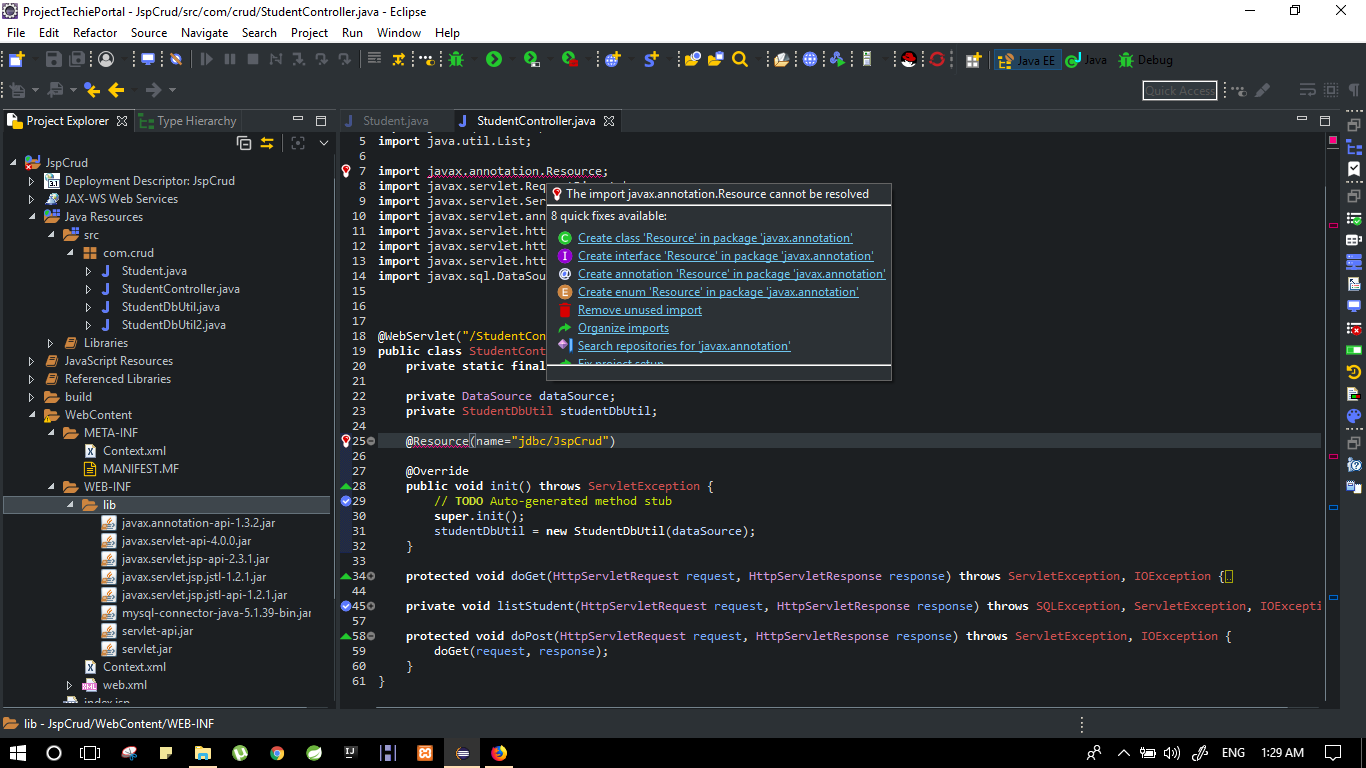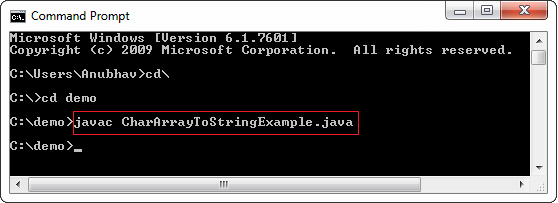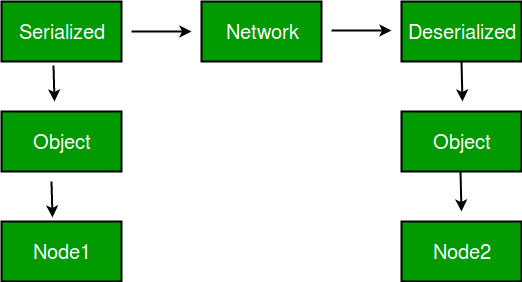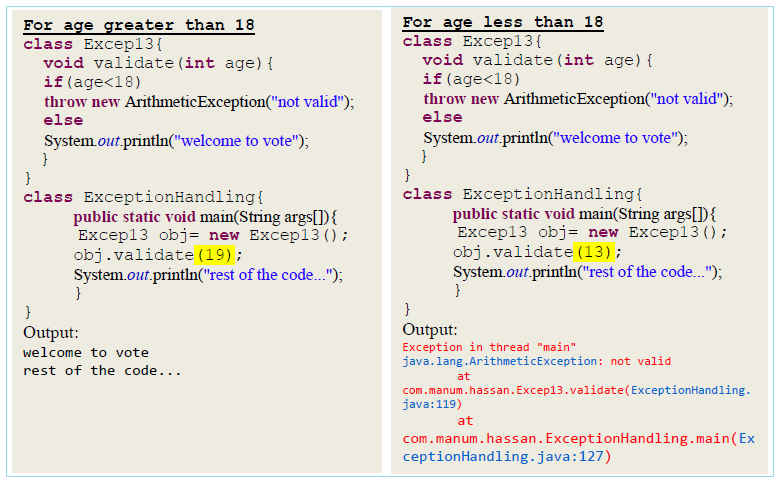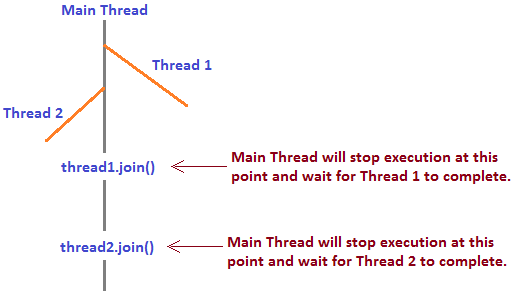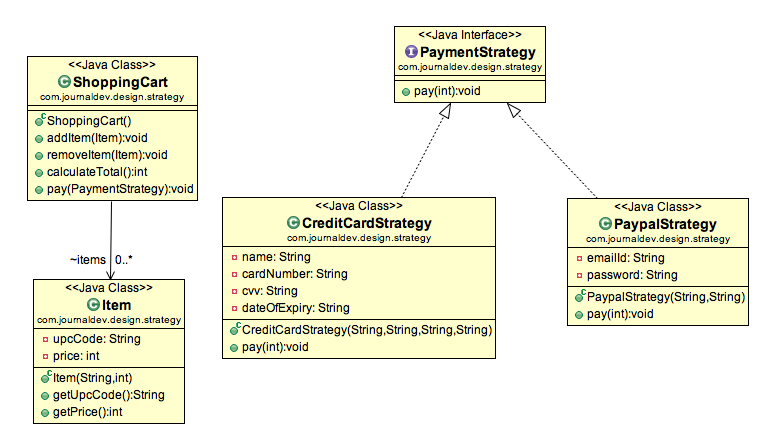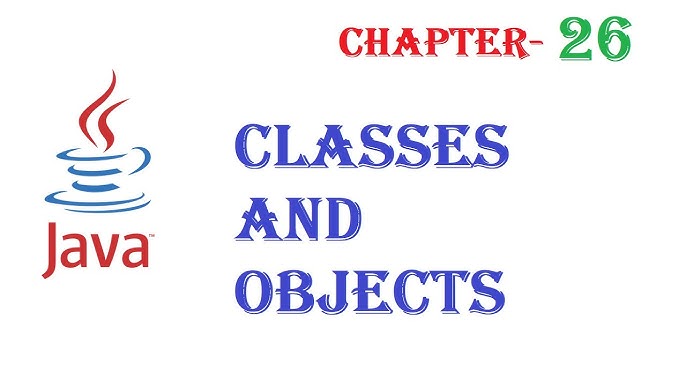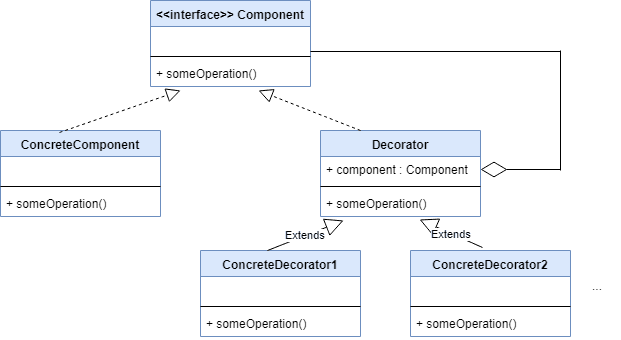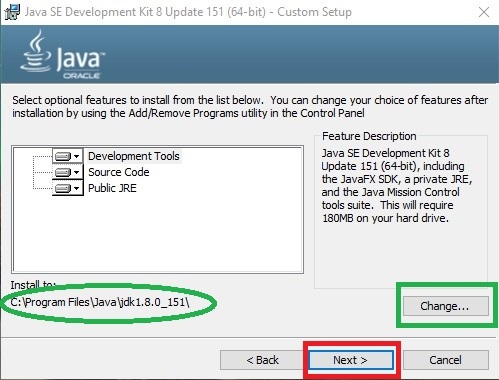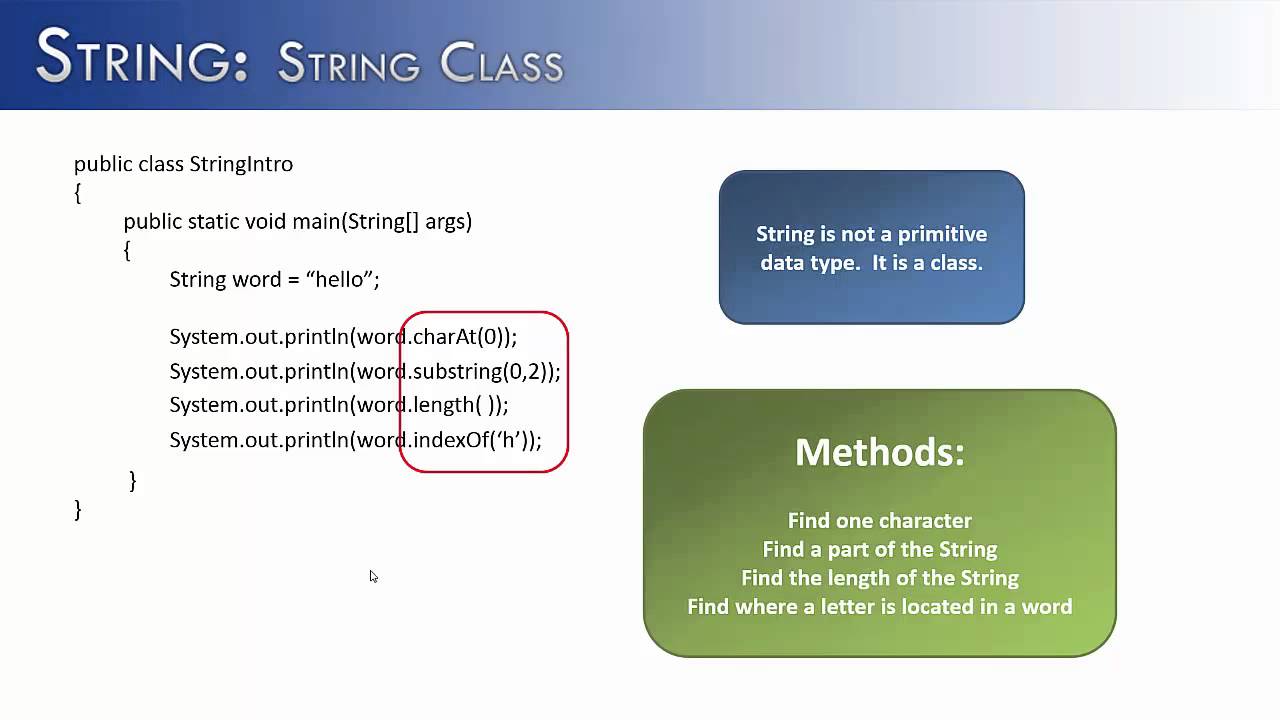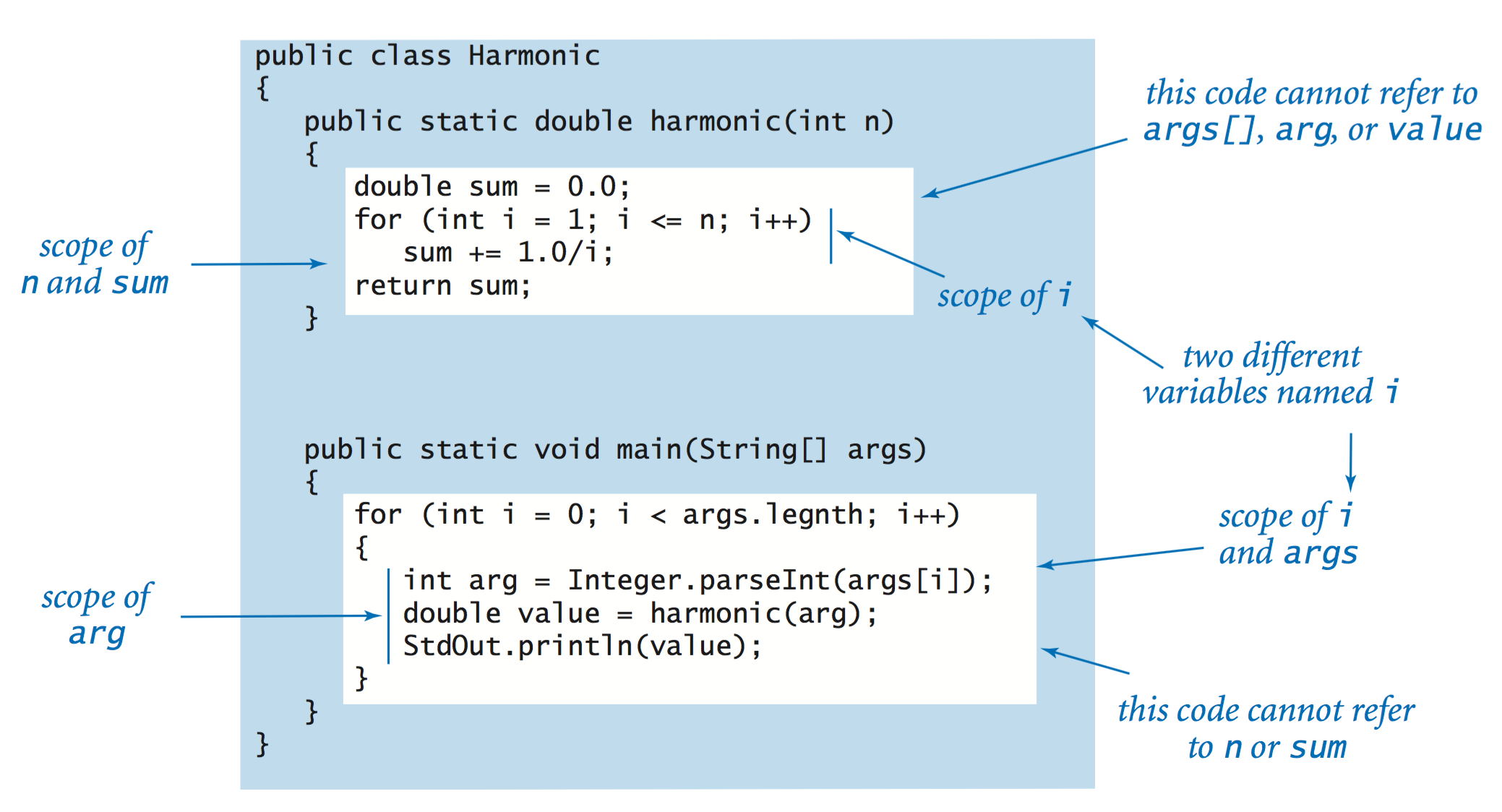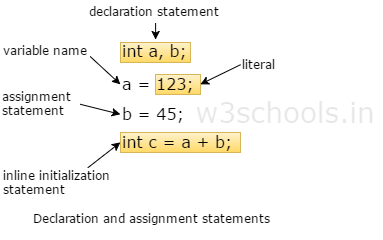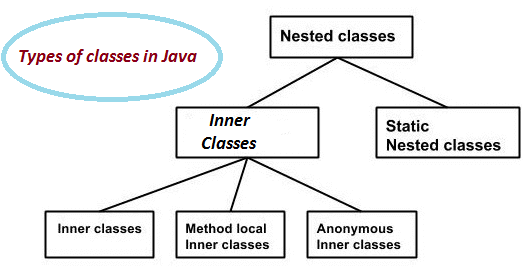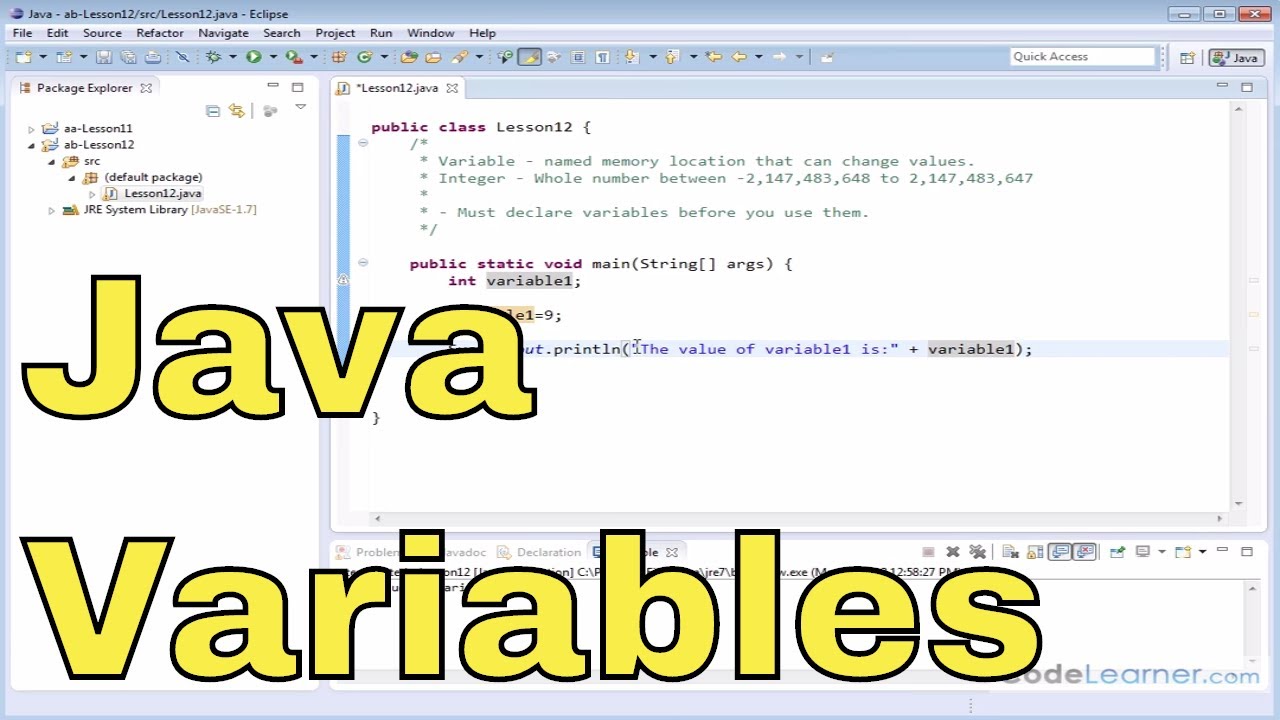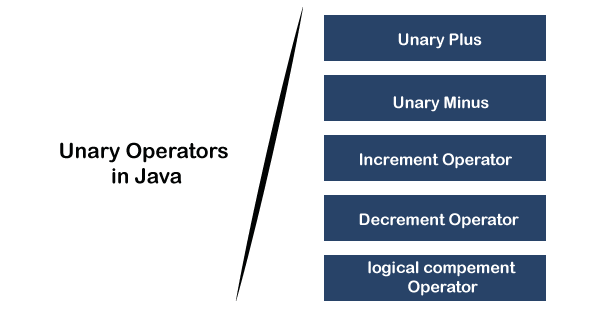What is the difference between array and collection framework in java
What is the difference between array and collection framework in java
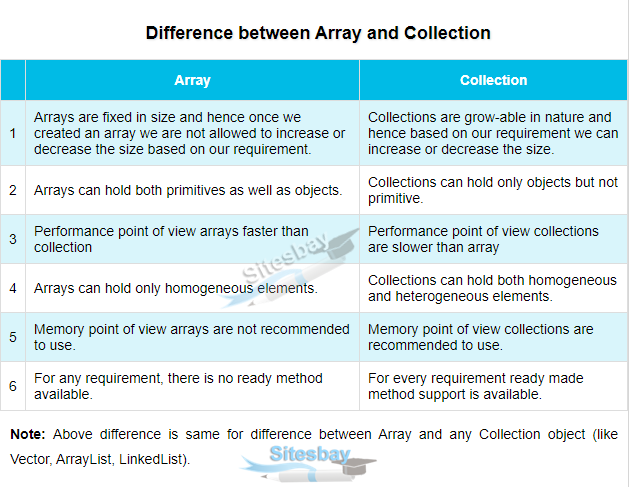
I'd be happy to explain the differences between arrays and collections frameworks in Java.
Arrays
In Java, an array is a single-dimensional data structure that stores elements of the same type. Arrays are defined using the [] syntax, followed by the type of elements they will hold. For example: int[] myArray = new int[5];. Each element in the array is accessed using its index, starting from 0.
Arrays have several advantages:
Efficient access: Array elements can be accessed quickly and efficiently, as the compiler knows exactly how much memory to allocate for each element. Fixed size: Arrays have a fixed size, which can be beneficial when working with a small, well-defined set of data. Simple: Arrays are easy to work with, as they are a built-in part of the Java language.However, arrays also have some limitations:
Rigid typing: Arrays have strong type safety, which means that once an array is defined, it cannot be changed to hold elements of a different type. Limited functionality: Arrays do not provide many useful methods or utilities for manipulating their contents.Collections Framework
The Java Collections Framework (JCF) is a set of interfaces and classes designed to work with groups of objects, called collections. A collection can contain any number of objects of the same or different types. The JCF provides several key benefits:
Dynamic size: Collections can grow or shrink dynamically as elements are added or removed. Flexible typing: Many collection classes (such asList and Set) allow adding elements of varying types, which is useful when working with heterogeneous data sets. Powerful functionality: The JCF provides many utility methods for searching, sorting, iterating, and manipulating the contents of collections.
Some key interfaces in the JCF include:
Collection: A group of objects that can be stored and manipulated. List: A collection that allows duplicates and preserves order. Set: A collection that does not allow duplicates and does not preserve order. Map: A collection that maps keys to values.Key differences
In summary, the main differences between arrays and collections frameworks in Java are:
Size: Arrays have a fixed size, while collections can grow or shrink dynamically. Typing: Arrays have strong type safety, while many collection classes allow adding elements of varying types. Functionality: Arrays do not provide many useful methods for manipulating their contents, while the JCF provides numerous utility methods for working with collections.When to use arrays:
When you need a fixed-size data structure and are working with homogeneous data (i.e., all elements have the same type). When performance is critical, as arrays can be accessed quickly and efficiently.When to use the Collections Framework:
When you need a dynamic data structure that can grow or shrink as needed. When you're working with heterogeneous data sets or need to perform complex operations on your data. When you want to take advantage of the many utility methods provided by the JCF.What is the difference between collection and collections framework in Java?
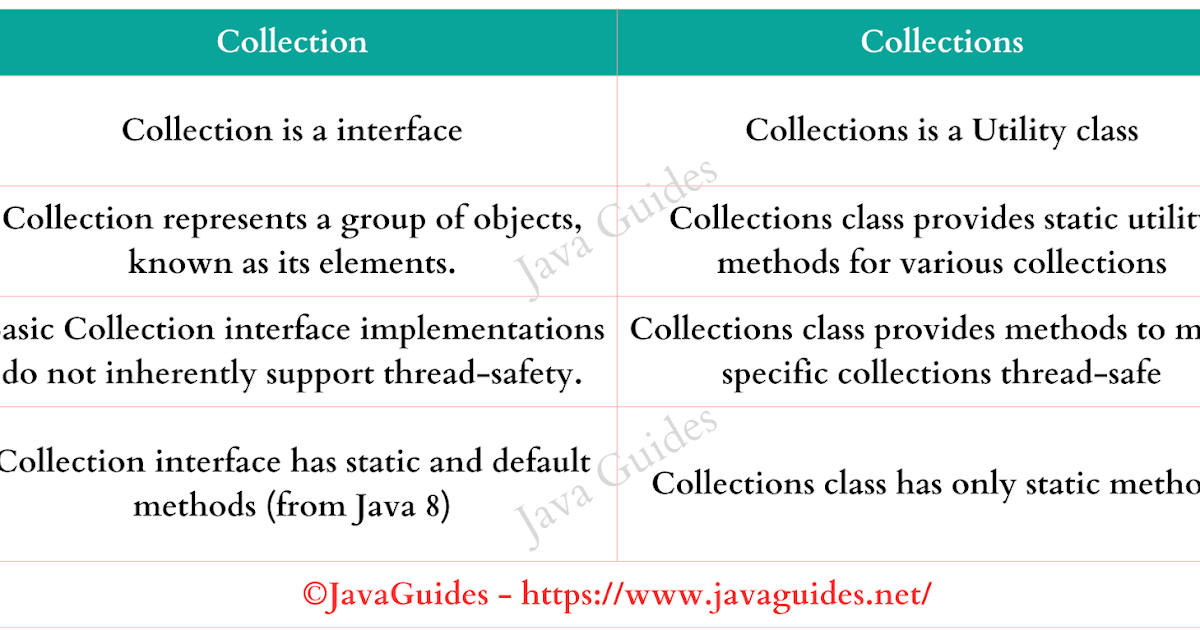
I'll respond in English only as per your request.
The terms "collection" and "Collections Framework" are often used interchangeably, but they have distinct meanings in Java programming language.
Collection:
A Collection in Java is a class that represents a group of objects (also known as elements or components) that can be accessed and manipulated using various operations. This is the most fundamental concept in Java's Collections API. A collection can store any type of object, including primitive types, wrapper classes (like Integer), and custom classes. The Collection interface provides basic methods for adding, removing, searching, and manipulating elements.
Collections Framework:
The Collections Framework, on the other hand, is a set of reusable utility classes that operate on instances of the Collection interface. It's a library of ready-to-use classes that provide various implementations of common collection-related operations. The framework includes classes like ArrayList, LinkedList, HashSet, TreeSet, and many others.
In other words, the Collections Framework provides pre-built collections (like arrays, lists, sets, maps) and algorithms for performing common data manipulation tasks, such as sorting, searching, and filtering. These classes are designed to be used directly or inherited from by developers to create their own custom collection classes.
Some key differences between Collection and Collections Framework:
Abstract vs. Concrete: The Collection interface is abstract (a blueprint), while the classes in the Collections Framework are concrete implementations of that interface. Purpose: A Collection represents a group of objects, whereas the Collections Framework provides utility classes for operating on those collections. Responsibility: The Collection interface defines the operations and methods to manipulate elements, whereas the Collections Framework classes implement those methods using specific algorithms and data structures.In summary:
A Collection is an abstract class representing a group of objects that can be manipulated. The Collections Framework is a library of utility classes that provide implementations for common collection-related operations.Developers often use these terms interchangeably because they are closely related. Understanding the difference between them helps to appreciate the role each plays in Java's comprehensive Collections API.
